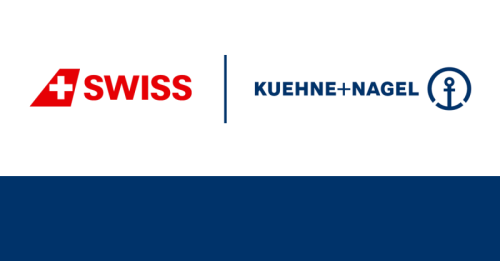Starting January 2025, the Fuel EU Maritime Regulation will mandate all commercial ships over 5,000 gross tonnes calling EU and EEA country ports to reduce their greenhouse gas (GHG) emissions.
While the FuelEU Maritime Regulation separately sets greenhouse gas intensity targets for the fuels in shipping, the EU Emissions Trading System (EU ETS) sets a cap-and-trade scheme that requires polluters to pay for their emissions.
The EU ETS will require shipping companies to purchase and surrender emission allowances for their reported CO2 emissions. Coverage will start at 40% in 2024, increase to 70% in 2025, and reach 100% by 2026 for intra-EU scope.

What do the regulations aim for?
The primary objective of these regulations is to reduce the GHG intensity of maritime transport significantly.
The Fuel EU Maritime Regulation aims to cut GHG intensity by 2% in 2025 and up to 80% by 2050.
In addition to promoting cleaner fuels and technologies, the EU ETS aims to incentivise energy efficiency by setting a cap on total emissions from industry, aviation, and shipping.
Implementation scope
The regulations will be implemented on all commercial ships over 5,000 gross tonnes that call at ports in EU and EEA countries.
Regardless of the ship's flag, the EU ETS will include CO2 emissions from these big ships sailing intra-EU, including calls at Egypt's East Port Said and Morocco's Tanger Med ports.
The regulations also cover areas within 300 nautical miles of EEA and EU ports.

Impact on shippers
The new regulations will likely lead to higher operating costs for shipping companies due to the need for investments in cleaner fuels and advanced technologies to reduce GHG intensity.
Container carriers, which have been actively preparing for EU ETS implementation, will likely reflect the extra costs in their shipping rates.
Kuehne+Nagel will report further developments as the implementation begins next year. Please do not hesitate to contact your local Kuehne+Nagel Customer Care Location (CCL) for further information.







